We recently connected with Jennifer Veilleux and have shared our conversation below.
Jennifer , appreciate you joining us today. Learning the craft is often a unique journey from every creative – we’d love to hear about your journey and if knowing what you know now, you would have done anything differently to speed up the learning process.
My earliest memories of creating are with my late mom, who passed on last October. She taught me about art and fiber crafts, which she learned from her mom, and from her aunties and grandmothers. My great-grandmother and great-great grandmothers were both tailors in Sicily and New York City. Her father, my grandfather, was a painter and musician. My mom taught me to draw, paint, crochet, sew, and use whatever materials we had on hand to craft. We made aprons for a Girl Scout badge and I was about 8 or 9 years old. I remember cutting out paper patterns, pinning them to the fabric, and cutting around the edges. Then I used a sewing machine for the first time, sewing up the edges and attaching the ties. I gifted the apron to my Auntie for Christmas and every year at Thanksgiving she would proudly wear it. I still have my mom’s machine. I sewed my first quilt on it when I was 30 years old.
My mom loved to make art. In high school she took classes, painted a 50 foot mural in the hallway of the school. She graduated at 17 and became an LPN at 18 years old and worked as a nurse for 40 years. She said she wished she had gone to art school instead. Like my mom, I hung around the art rooms in high school. I worked in clay. When it came time to get a higher education, I dragged my feet. I went to work for a few years in various jobs. Eventually, I went to night school and then decided to study something practical like my mom. I became an environmental scientist. I believe that making this choice is an important part of my journey.
The journey for the next two decades centered research and travel. I lived in eight different countries and came back to the States in between projects. I went back to school for a terminal degree in geography in my mid-thirties. Throughout this time, I continued to make art. I integrated photo documentation into my research practice. I received positive feedback about my photographs, and they appeared in journals, magazines, newspapers, and in several solo exhibitions. When I turned 40 years old, I decided to center my attention on an art practice. I had my first solo show of paintings about a month after my 40th birthday. Instead of finding ways to fit art into my scientific research, I began to explore how my research could inform my art. I am now making artwork at the intersection of environmental disruption and community impact, of resilience and loss, of identity and change. I integrate materials in photography, fabric, paint, printmaking with years of research in communities of culture where water, land, and climate are rapidly changing. I spend time in marginalized and indigenous communities, people on the frontline of rapid environmental change. The center is now neither the research or the art, but the story told through the combination of both.
I don’t know that I would have done things differently. I took risks. I wandered and experimented, had faith things would work out. The people I met and places I experienced taught me so very much. Strangers showed me hospitality, elders taught me about ecosystems and climate change, medicinal plants, communities gave me acceptance, even when I struggled to speak their language. My choices made sense at the time that I made them. I benefit from my privilege in skin color and country of origin. I would consistently take the opportunities that showed up, even if I was scared to take the risk, because I appreciated that I could. I moved out at 18, put myself through school. I worked a slew of different sorts of part time and full time jobs, often holding several at once. All of these experiences were gateways into parallel realities. I learned more empathy, humility, and some hard lessons. I am grateful for the journey.
I don’t know how to speed up the learning process. Life is the learning process and learning takes time. I think practice cannot be overstated as a method of process. I see most of what I make as practice toward something I have not yet worked out how to construct. Age has given me the gifts of more patience, focus, perspective, then in turn I bring these to my creative process. I do not believe I could create the body of work I am making now in my 20s or in my 30s. I lacked perspective. I did not yet appreciate the gravity of the intersectionality. I did not feel I could tell these stories through art. Maybe I could have made beautiful work, but now I can create work with substance. My hope is that I tell the powerful stories and in order to honor my mom, I intend to do this exquisitely.
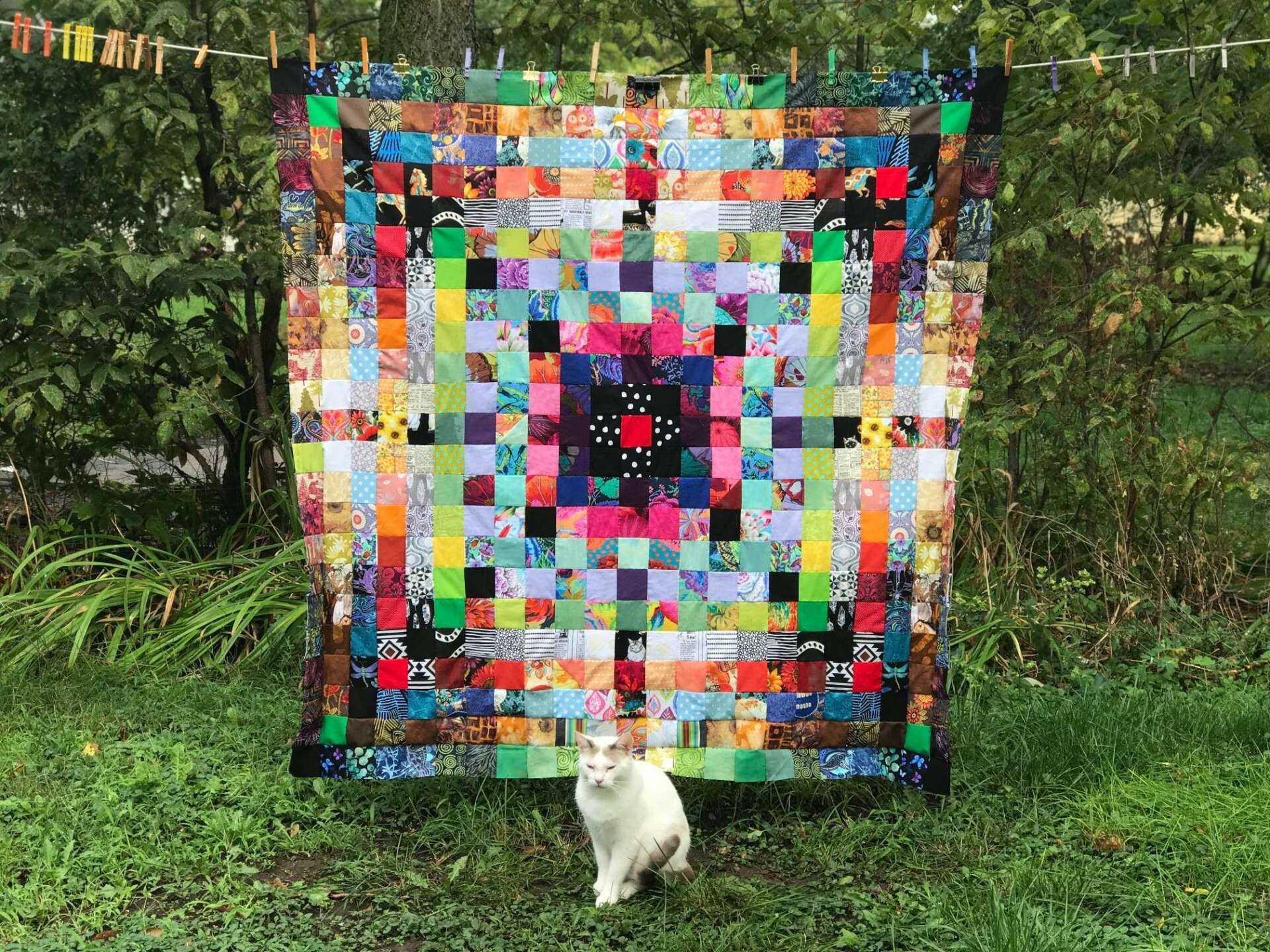

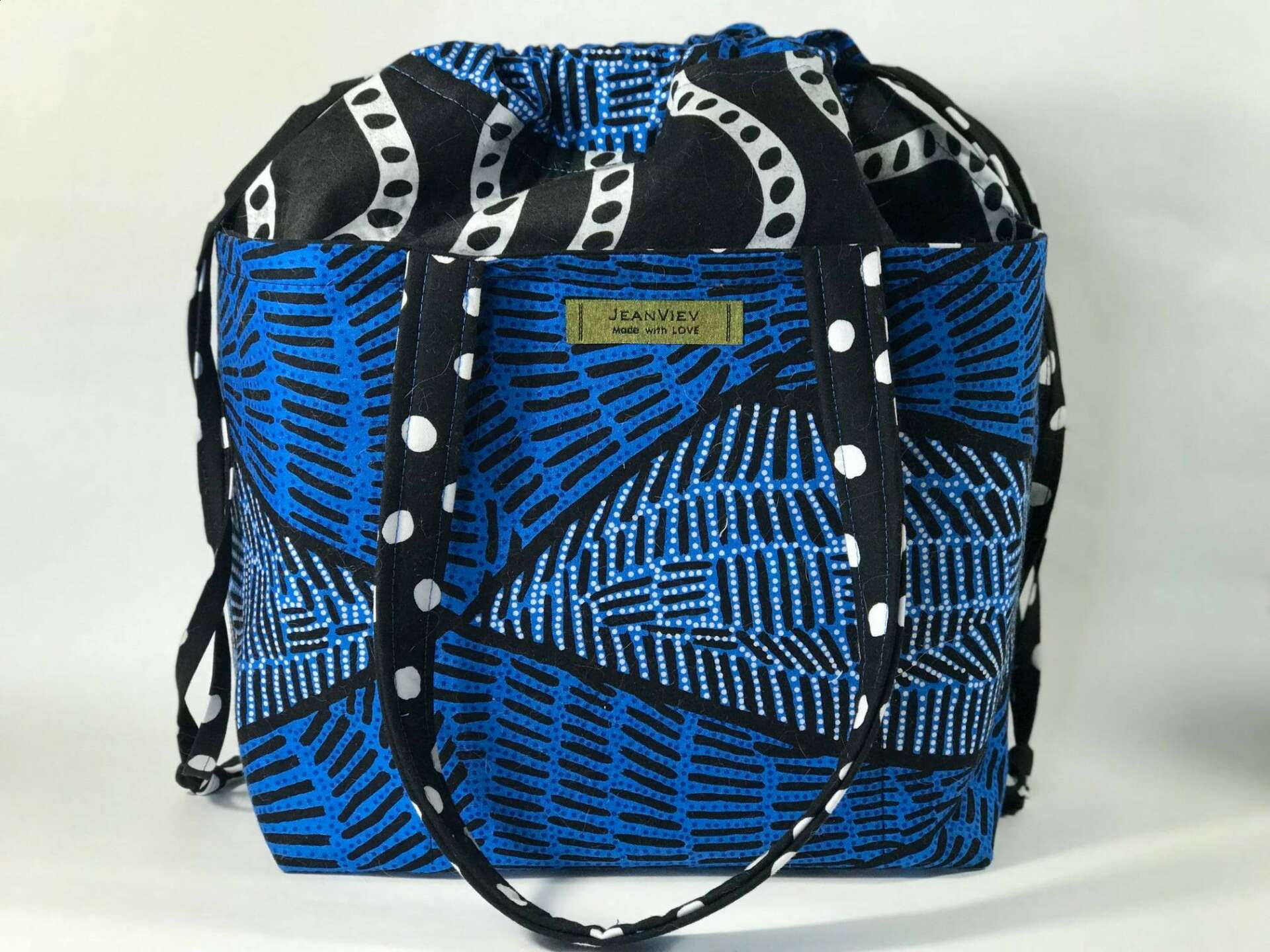
Great, appreciate you sharing that with us. Before we ask you to share more of your insights, can you take a moment to introduce yourself and how you got to where you are today to our readers.
My name is Jennifer Corinne Veilleux. My mom wanted to name me Gueneviere, but insisted that she settled on the name Jennifer as a derivative. Jennifer was the most common name for girl babies for several years running in the 1970s, so I was always one of several in the classroom growing up. I carry my paternal great-grandmother’s name Corinne. She was French and had about 13 kids. I have one photograph of her sitting on a porch with my grandfather when he was young and dapper and she is middle aged and her hair is frizzy. My last name Veilleux is shrouded in mystery. The meaning could be night guardian or could mean ‘very old’. Some people suggest that the name Veilleux came from a language group connected with Basque in the South of France. No one really knows, but ancestors came over to Quebec possibly as early as the 1500s. If you look in the phonebook in Quebec, Veilleux is as common as Smith. My late grandfather immigrated as an adult and lived in a houseboat in Candlewood Lake in Connecticut when he met my grandmother. She was adopted. My mom’s maiden name was Newton, and some distant cousin did a family tree linking us up to Sir Isaac and the Mayflower, and the early settlement of Connecticut. Her mom was Sicilian and that entire part of the family immigrated from Castellammare del Golfo to New York City. Honestly though, I am from a family of artists and musicians so some of the stories could be pure invention. I know that as a contemporary identity, I am Euro-American or European descendant white woman.
I spoke above about how my profession in the sciences took me around the world for many years. I hold a PhD in Geography and a MS in Environmental Sciences. I currently work as a Professor of Environmental Sciences at a private university and consult for several not-for-profit organizations in the USA and abroad. I make art around the edges of my schedule. My profession as an artist was important during the pandemic. Selling what I could make with my hands helped me pay the rent. Now, I sell art locally in New Orleans markets on weekends. I work periodically as a professional photographer for organizations and individuals. I do a lot of sewing. I sew bags, quilts, and baskets.
Where I am right now with my artwork is that I am combining mediums and using this as a platform to tell intersectional stories. The mediums I am combining I had to learn separately to get to a place of feeling comfortable expressing. I am using fiber and photography, found materials and printed materials, and the techniques of painting, sewing, illustration, and embroidery. The themes of my work are human-ecological coupled systems in dynamic moments irreversible change. These environmental changes may be due to disruption in the form of economic development, natural disaster, policies of genocide. Each change to place results in a change in community and individual identity. The stories of identity include themes of resilience, migration, loss, trauma, adaptation, and resistance. I offer a sense of place that is inextricable from a sense of self. I spend time in communities at the margins, in the borderlands, or the liminal spaces of our known world. Sometimes these communities identify as Indigenous, sometimes they identify just simply as The People. Some live in their homelands, some survive in places they have been displaced or forced to occupy. Each story can foreshadow what we may experience in the not too distant future with global and local climate changes. These are their stories entrusted to me to tell forward.
My artwork has appeared in galleries and exhibitions in South Florida, New York, Oregon, and South Dakota. It has also appeared temporarily as part of Smithsonian’s Waterways traveling exhibit, online publications, scientific journals, as a magazine cover, in a TEDTalk, on the walls of Oregon State University’s School of Earth, Ocean, and Atmospheric Sciences, in the Boston public library, and in newspapers. My work is also held in private collections in the USA, the Virgin Islands, Puerto Rico, Brazil, England, and Tanzania. I would like to make more space for my art in the next five years and am debating going back to school to train in fiber arts.
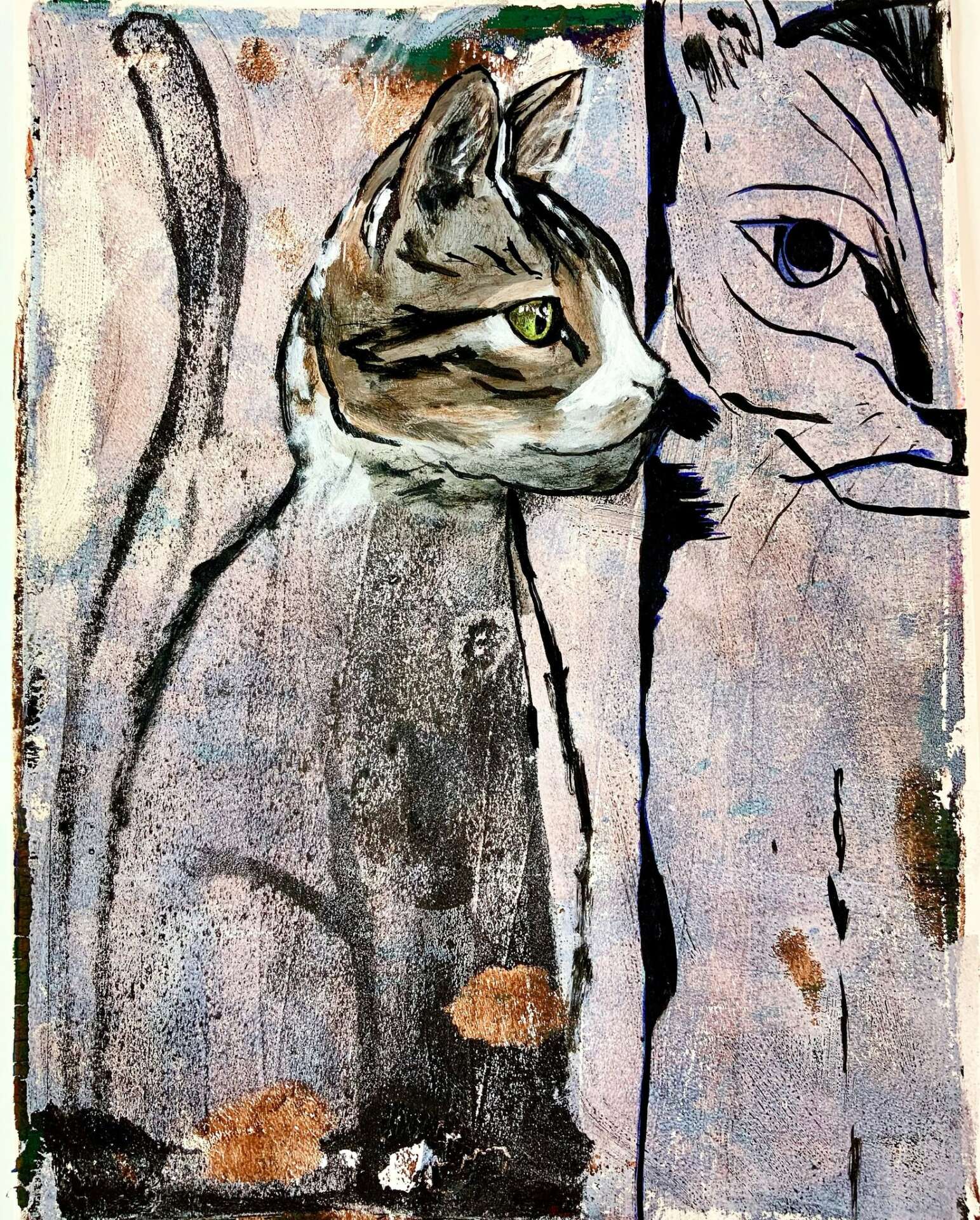
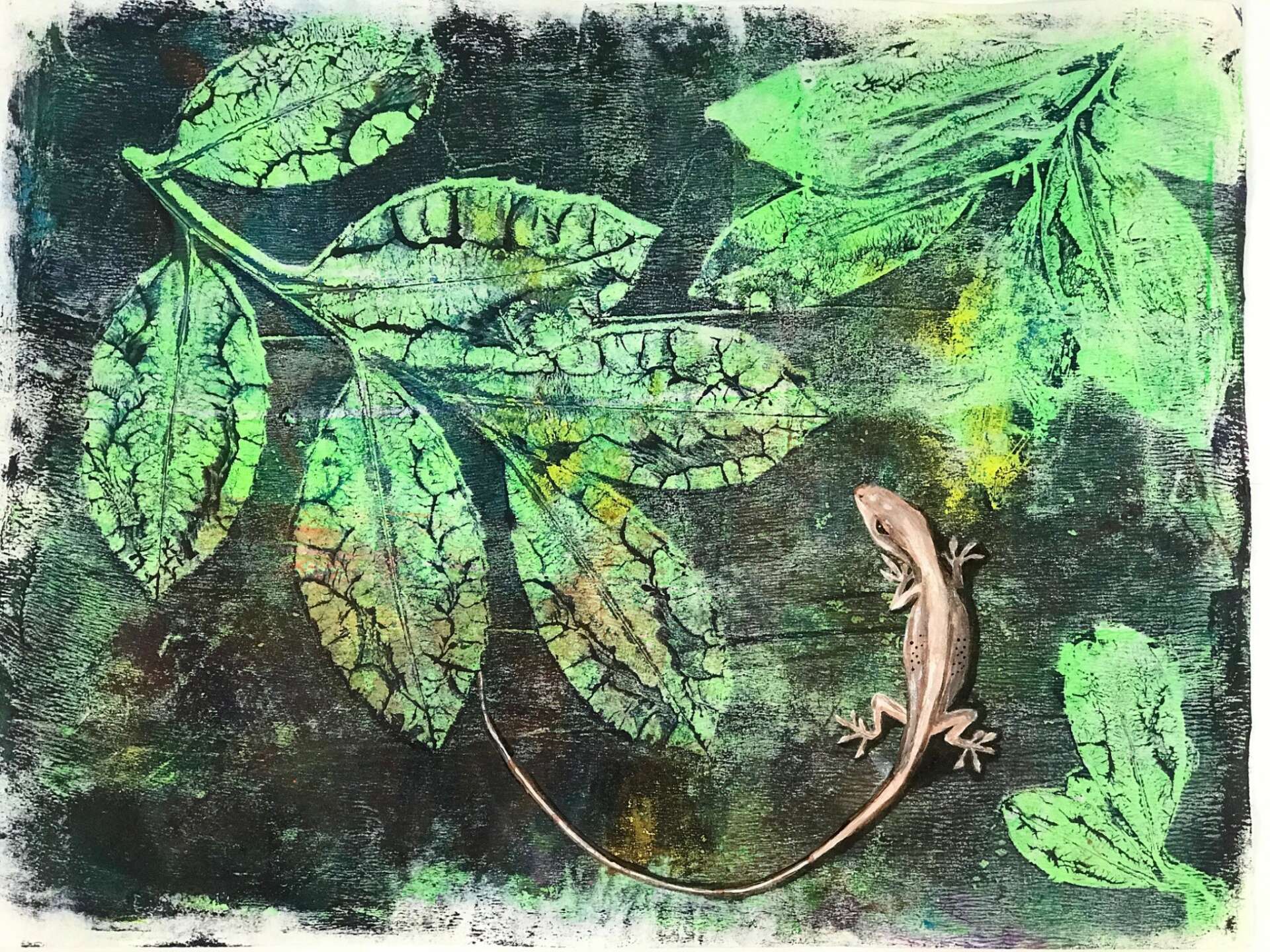
How can we best help foster a strong, supportive environment for artists and creatives?
This is a tough question. I think some of the answer is found in where society has already made intentional space and resources for artistic and creative communities. I think also society needs to expand inclusion and acceptance of art being self-defined rather than training defined. There are gatekeepers in the world of creativity that still cause harm to creatives and artists. Artists need one another, and society needs artists. Often artists are reflecting back society like a mirror. It is true that society consumes art daily, but does society value the artist? In the USA, our mainstream society has a habit of separating the product from the producer. We buy our vegetables at the store, rather than from the farmer. We buy art in a gallery or store, rather than from the artists. Artists are people. Society members can build relationships with us, commission us, tell others about us, come take a class with us. I would love to see society set aside intentional space for artists funded through public support, that is not gallery dependent, or consumer oriented. This intentional space can include affordable living, affordable studio space, affordable education, scholarship and support for supplies for working artists. Some people I know who work as professional artists or designers just could not make it without a supportive trust fund, partner, or family. Think of how much art we do not see because of societal barriers to having the time and resources to create? The societal barriers to who is labeled an artist or a creative and who is not. We need to remove societal barriers to what art and creativity are understood to be. One does not have to train in a white male European dominated tradition to be valued as an artist. As society shifts and changes, so does access to museums, exhibitions, galleries, but I still see these works of art at auction selling for hundreds of thousands of dollars and my own paintings selling for $200.
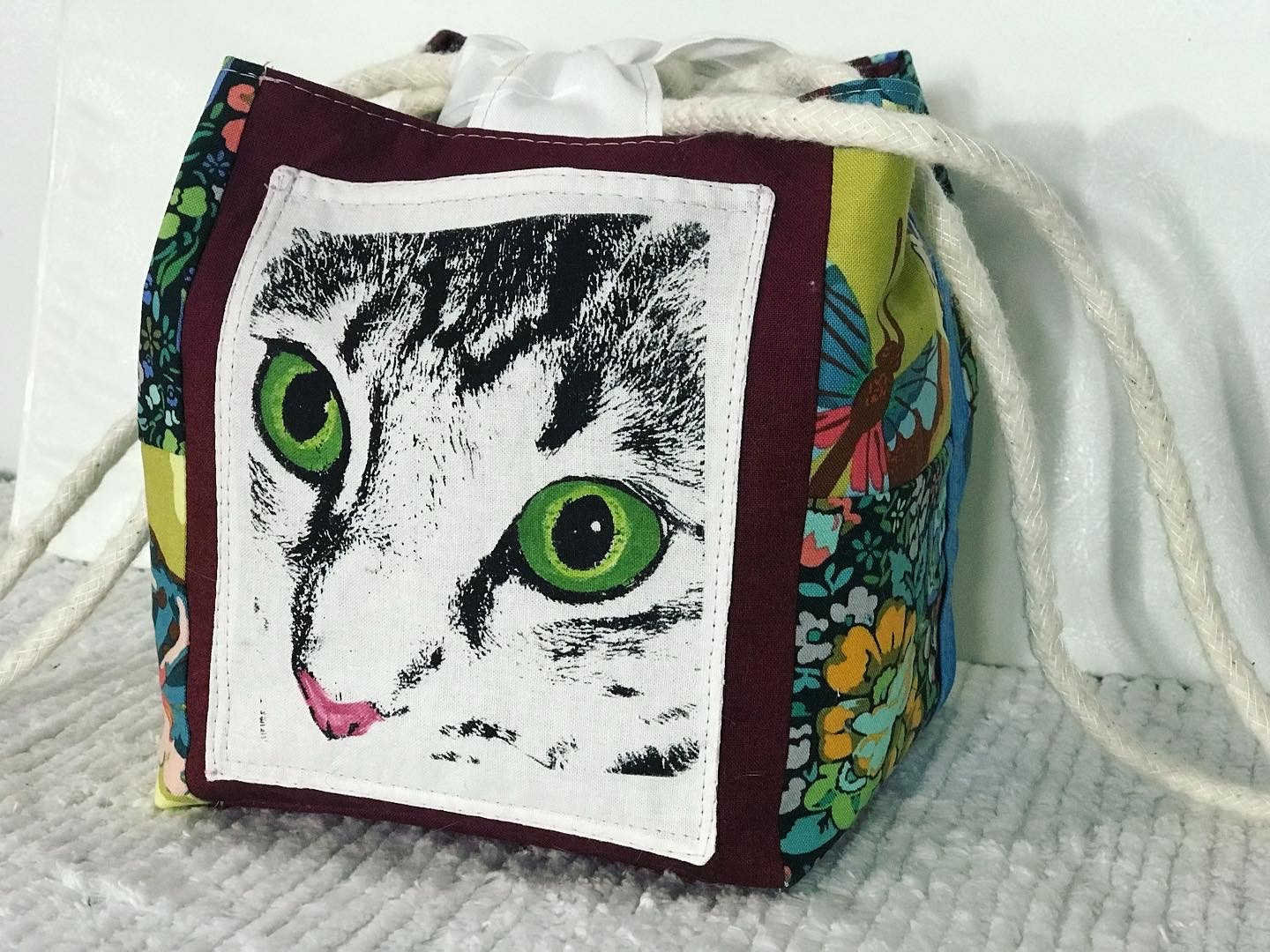
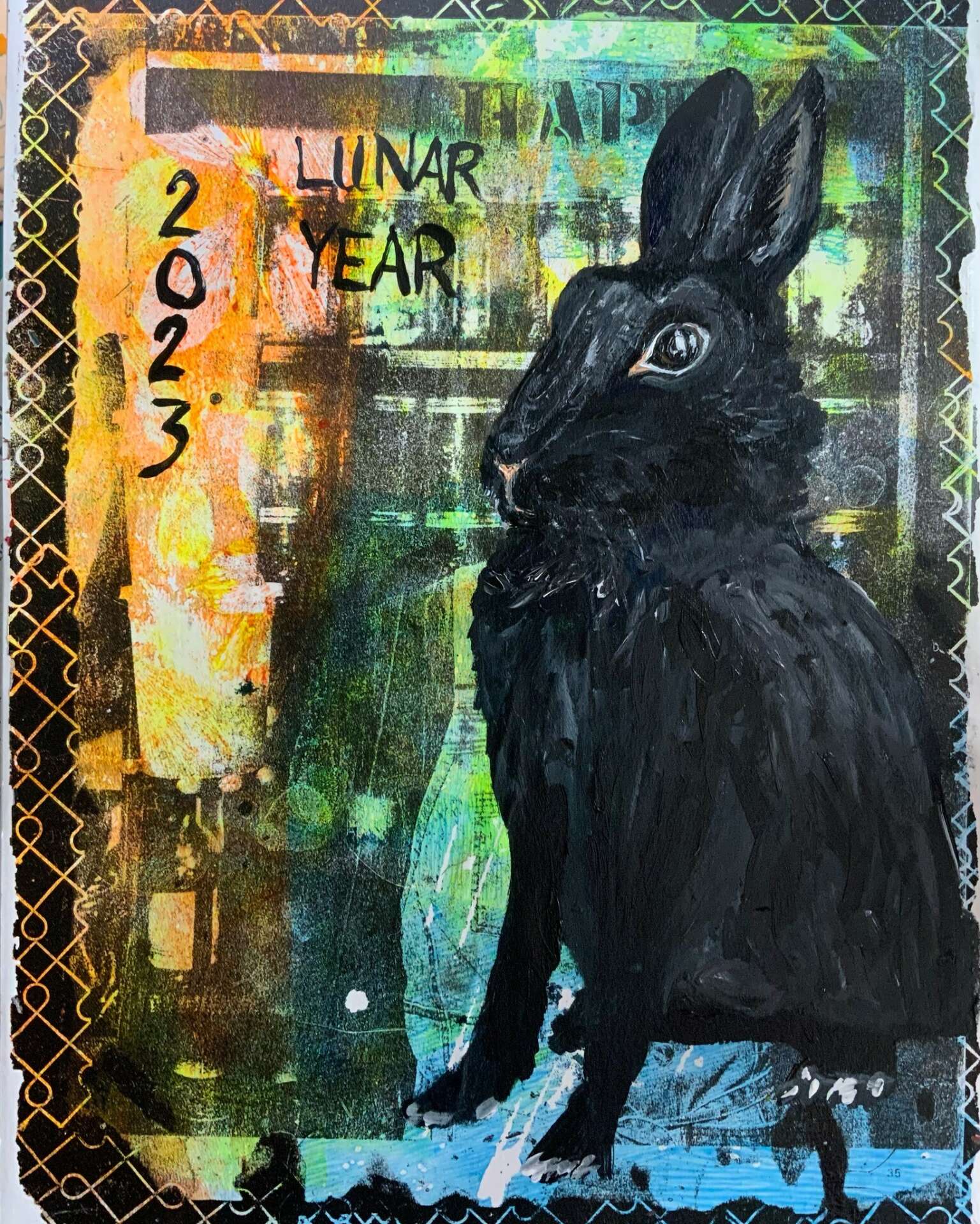
What do you find most rewarding about being a creative?
The most rewarding aspect of being a creative is creating. I like the storytelling, the communicating. I love the process of figuring out how to tell the story. I feel that glorious time in the process of making is an elixir to the horrors of our contemporary society. Something about color, lines, texture just calms my spirit. Whether I am researching ideas, processes, materials or experimenting in the studio, I like to lose myself for hours or days in the act of creating. There is something very satisfying about finding order out of chaos. Often my projects are a series of puzzles and complexities I need to engage with hands-on to solve. When that moment comes where I feel confident about how to move forward I am electrified. When I finally get to a stopping point, when I know a piece is finished, I have a sense of accomplishment. Sometimes that final result ends up appearing to me as if someone else must have stepped in to make it. Sometimes knowing that I got to where I was intending to go, or at least close to it, is fulfilling. Knowing I have learned something new and will try to do it better the next time around; this gives me hope. I like the definitive beginning, middle, and end. I appreciate being a conduit for other people’s stories. I am grateful for the gift of tenacity required to create.
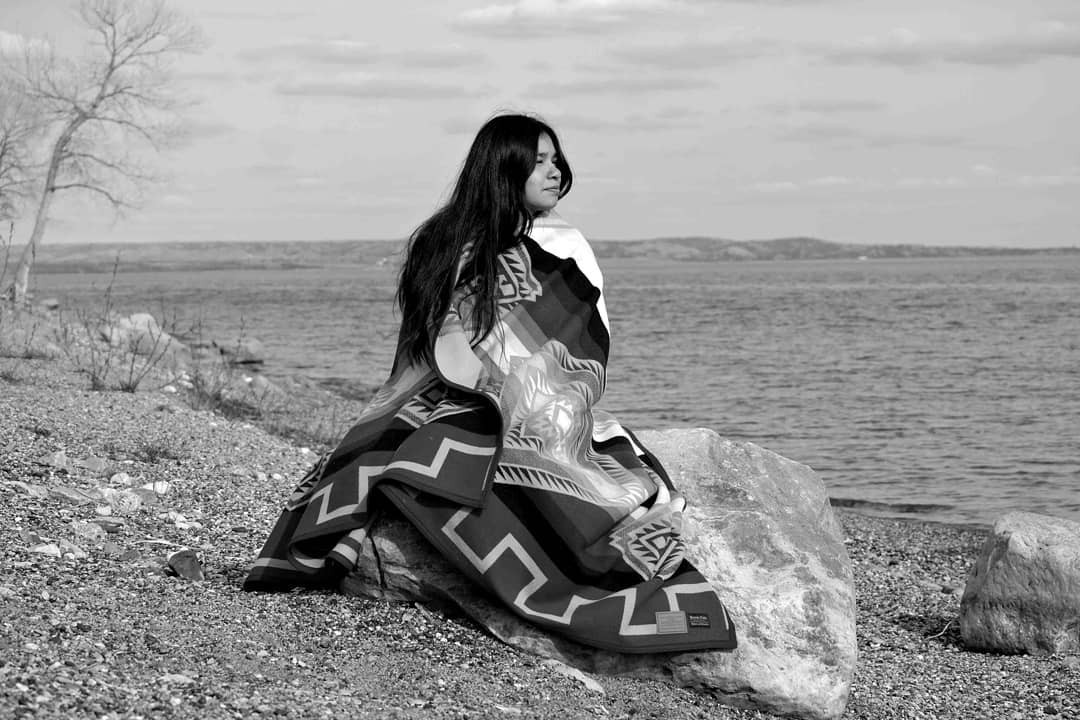
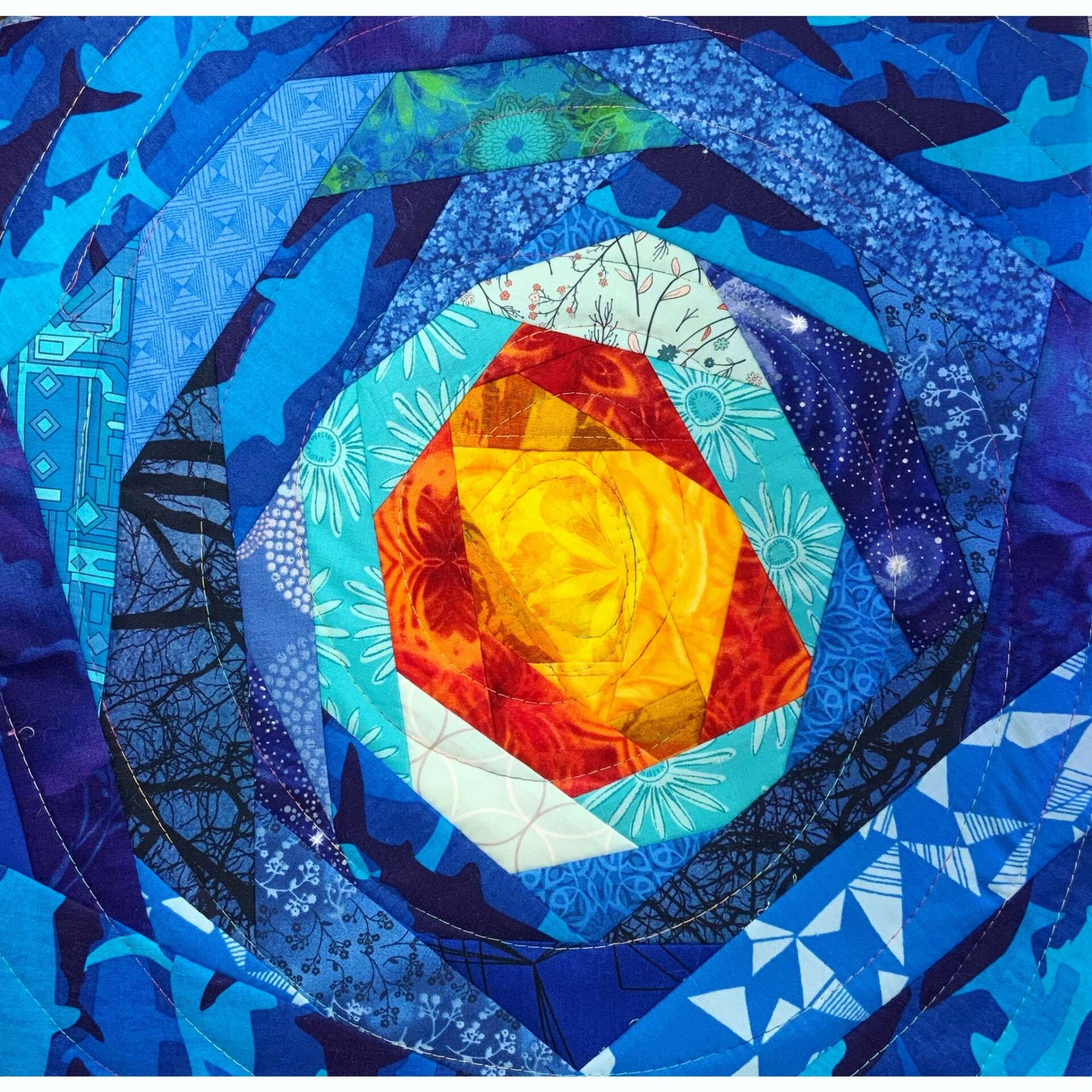
Contact Info:
- Website: www.jenniferveilleux.com
- Instagram: @archcreekstudios and @jean.viev
- Other: More than one Instagram account @archcreekstudios and @jean.viev


